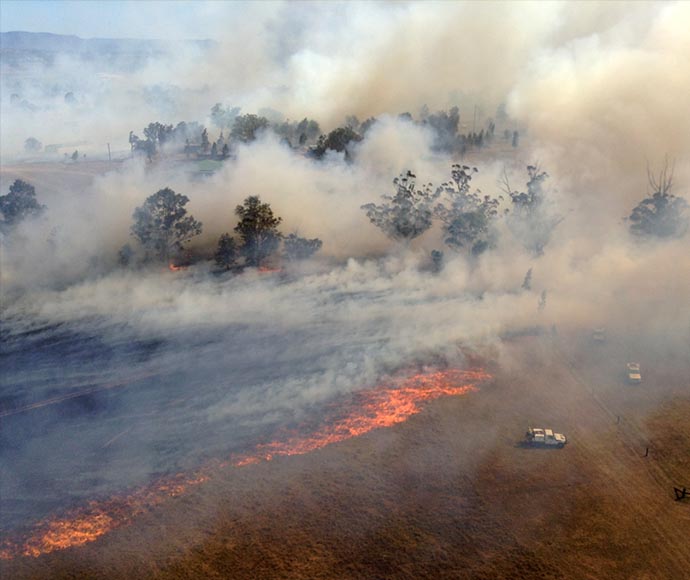Episodes of smoke pollution can occur in urban areas potentially affecting large numbers of people.
Exposure to smoke can have adverse health impacts, ranging from eye and throat irritation and asthma symptoms to hospitalisations and premature deaths.
The impacts of smoke on local communities is recognised by fire management agencies and measures are implemented to assess and manage such impacts.
What are we doing?
While committed to carrying out hazard reduction burning as a public safety tool, the Department recognises the need to minimise the associated air quality impacts on NSW communities through continued improvements in smoke management practices.
The Department is developing a hazard reduction communication protocol with NSW government fire management agencies and the Bureau of Meteorology to support the delivery of timely and accurate information and advice about hazard reduction burning, the effects of smoke and the likely impact on communities.
The Department is investigating ways to better manage smoke impacts and greenhouse gas emissions from hazard reduction burning and wildfires in New South Wales.


